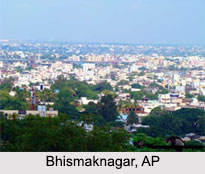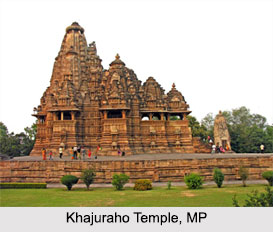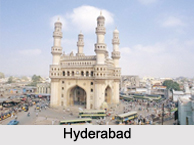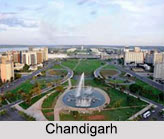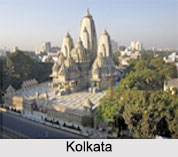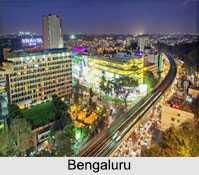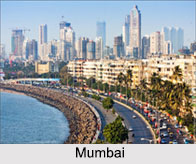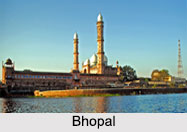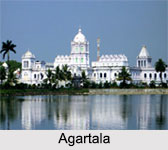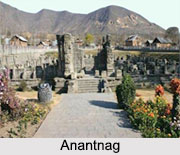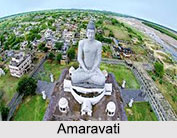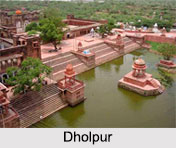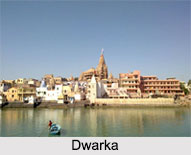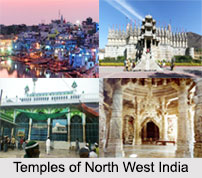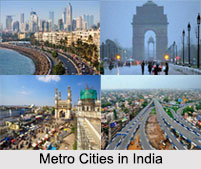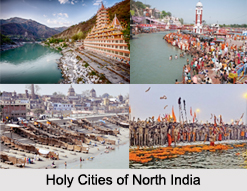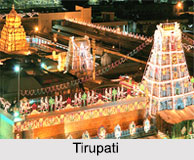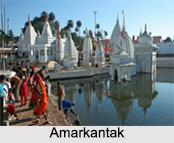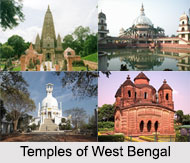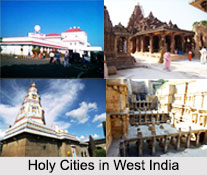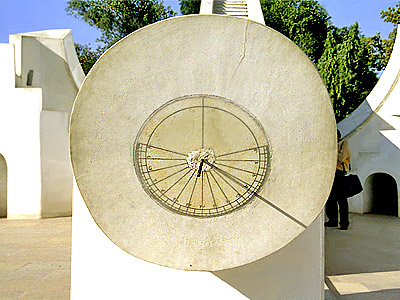 Ved Shala also known the observatory was built by Maharaja Sawai Raja Jaisingh of Jaipur in 1719. He constructed it when he was in Ujjain as the Governor of Malwa under the reign of King Muhammad Shah of Delhi. Raja Jaisingh was a scholarly person besides being a brave fighter and a politician. He studied books on Astor-mathematics available in the Persian and Arabic languages at that time. He is also credited with writing books on astronomy.
Ved Shala also known the observatory was built by Maharaja Sawai Raja Jaisingh of Jaipur in 1719. He constructed it when he was in Ujjain as the Governor of Malwa under the reign of King Muhammad Shah of Delhi. Raja Jaisingh was a scholarly person besides being a brave fighter and a politician. He studied books on Astor-mathematics available in the Persian and Arabic languages at that time. He is also credited with writing books on astronomy.
The grandson of Temurlung, Miraza Ulook Beg was an expert on astronomy. He built an observatory in Samarkund. Later Raja Jaisingh also constructed observatories in Ujjain, Jaipur, Delhi, Mathura and Varanasi in India under the patronage of King Muhammad Shah. By employing his skills Raja Jaisingh had placed many new instruments in these observatories. He researched and even observed the movements and the activities of the planets for about eight years in Ujjain. Based on his researched work he made several alterations in the main Astro-mathematical instruments of the observatory.
After his demise the observatory remained unattained for about two decades. However later as per the proposals of Siddhntavagish (Late) Shri Narayanji Vyas, Ganak Churamani and (Late) Shri G.S. Apte, the first Supreintendent of observatory, (Late) Maharaja Madhav Rao Scindia renovated and restored the observatory and funded it for active use. Since then it has been continuously functioning.
Equipments at Ved Shala
Raja Jaisingh had placed few instruments in the Ved Shala like the Sun-Dial, Narivalaya, Digansha and Transit instruments. The Shanku (Gnomon) Yantra has been made under the guidance of (Late) Shri G.S.Apte. The Digansh Yantra was re-constructed in 1974 and the Shanku Yantra was re-built in 1982. Marble notice boards displayed at the observatory provide information about the instruments that were made, both in Hindi and English.
Miss Swarnmala Rawala, the then Commissioner of Ujjain Division Ujjain was at great pains to complete renovate and beautify the observatory in 2003. In addition, ten solar power operated solar tube-lights have been installed with the help of Energy Development Corporation. Beautiful banks have also been constructed along the River Shipra at the observatory site under the auspices of M.P. Laghu Udyog Nigam. An automatic telescope having 8 inches diameter has been placed in 2004 that facilitates visitors to see planets through it. A new ephemeris in the shape of a balloon has been recently launched in the Institution.
